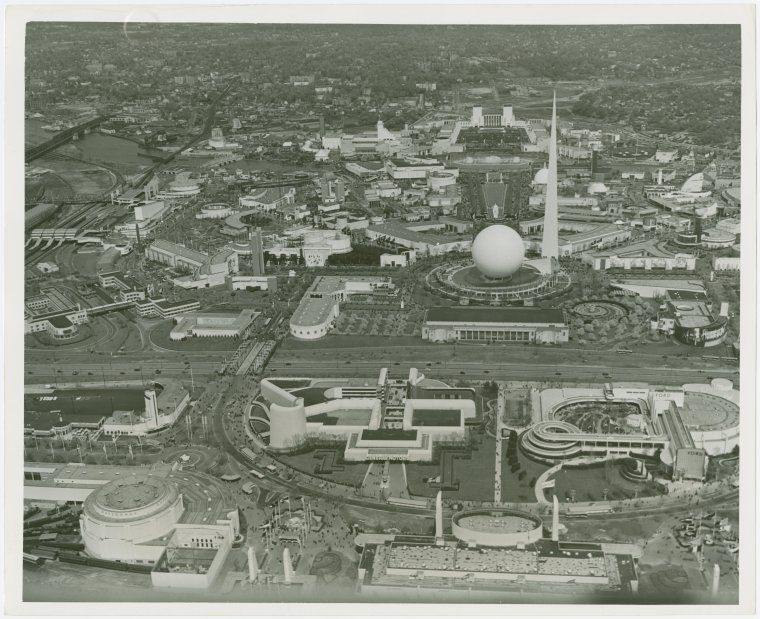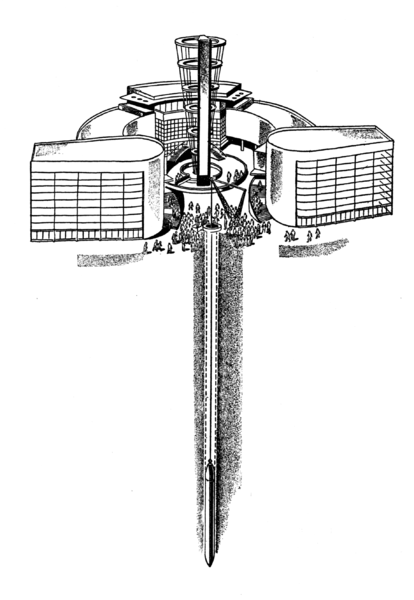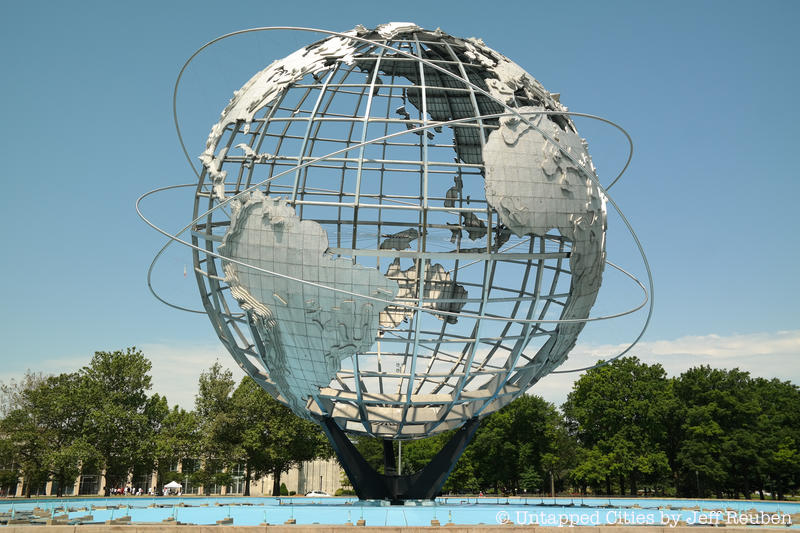
The 1939 World’s Fair was a hopeful moment amidst of sea of international political turmoil, just before the start of World War II. Its theme, “Building the World of Tomorrow,” encapsulated the scale and scope of what the organizers intended. It was the largest of any international fair that came before it, measured in terms of visitors, size, cost, and other factors, and featured the participation of not only countries (60 of them) but also international corporations like General Motors, Wonder Bread, IBM and more.
The remnants of the 1964 World’s Fair in Flushing Meadows-Corona Park are readily apparent, but those from the 1939 World’s Fair require quite a bit more digging. From 1964, the most notable holdouts include Philip Johnson’s New York State Pavilion (the subject of much controversy and rehabilitation efforts), the Unisphere, various buildings like the the space-age looking building, Terrace on the Park, and numerous sculptures.
Here are ten remnants from the 1939 World’s Fair, uncovered and researched on request by one of Untapped Cities’ readers!
Plus, join us on our next Tour of the Remnants of the World’s Fairs at Flushing Meadows-Corona Park to see relics of both fairs for yourself!
1. A Time Capsule Buried for the 1939 World’s Fair

Burial schematic from the record of Westinghouse Time Capsule I. mage from Wikimedia Commons.
Marked only by a marble disc in Flushing Meadows-Corona Park, an 800-pound tube was buried in 1939 and still sits fifty feet under the ground. The time capsule was ceremoniously lowered at the Westinghouse Electric & Manufacturing Company exhibit at the 1939-40 New York World’s Fair, slated to be opened 5000 years from its burial date – year 6939. There were 35 items inside, selected to represent life in the era, including a Sears Roebuck catalog, Life magazine, a newsreel, and other every day items. Reflecting the interest in agriculture (there was a whole food part of the 1939 World’s Fair), numerous seeds like wheat, corn, tobacco, rice and soy, were also included. Everything was sealed in nitrogen.
It would be the first time an object like this would be called a “time capsule,” a term devised by New York public relations counselor George Edward Pendray. In 1965, another time capsule was buried for the 1964-65 World’s Fair, just ten feet from this one with a scheduled open date of 6939 as well.
Read more about the 1939 time capsule here.






